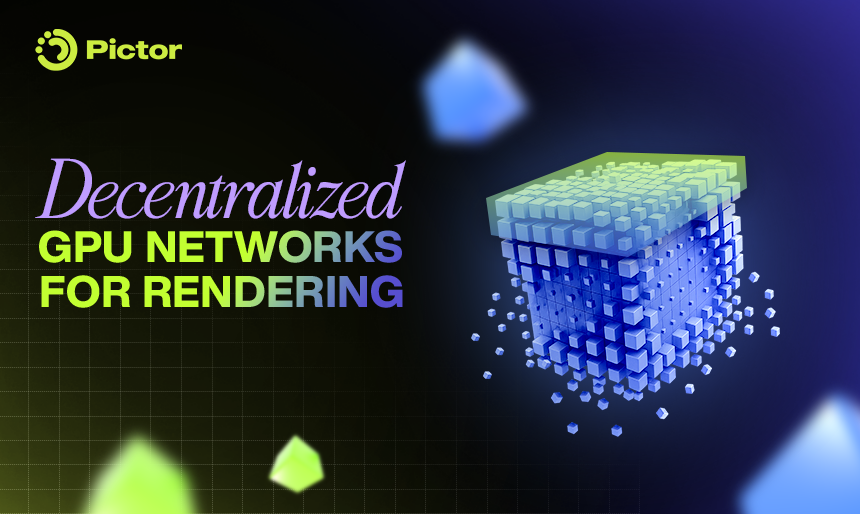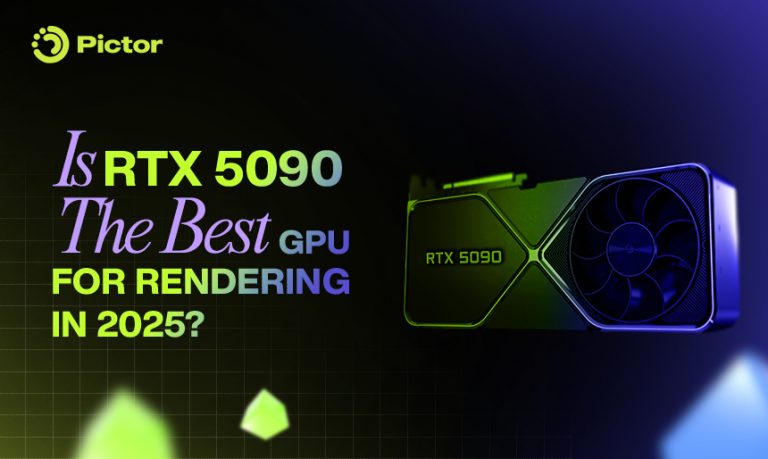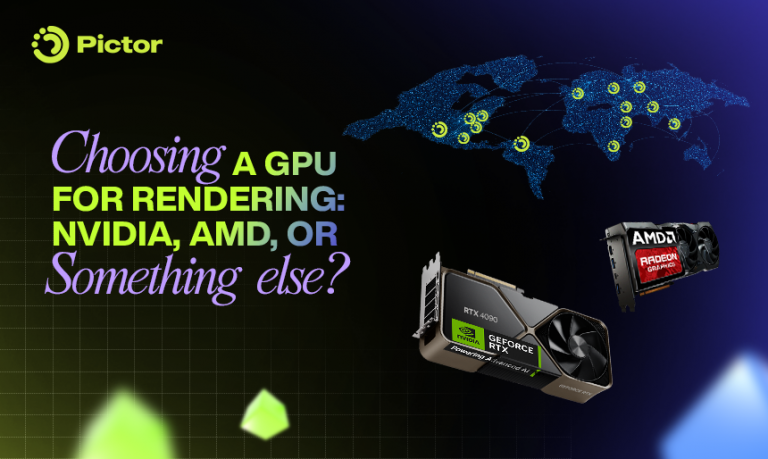“3D artists don’t lack creativity. They lack transparent, affordable, scalable compute infrastructure.”
That’s why a new generation of infrastructure is emerging. One that doesn’t rely on centralized farms or opaque cloud providers. The decentralized GPU network for rendering is redefining how 3D rendering and GPU rendering get done. It brings together distributed compute, on-chain verification, and creator-first design to solve the deep inefficiencies that traditional platforms ignore.
Rendering Today Isn’t Short on GPU Power, It’s Short on Flexibility
The GPU Accessibility Gap
The global supply of GPUs continues to grow, but the challenge isn’t about how many exist. It’s about how many are accessible when 3D artists need them, with the right environment, configuration, and cost. High-performance GPUs sit idle across gaming PCs, studio desktops, and underutilized cloud contracts. Yet creative teams often struggle to secure compute that’s affordable, configurable, and integrated with rendering pipelines.
The Limits of Web2 Rendering Infrastructure
Web2 rendering infrastructure spans from cloud platforms to traditional render farms, but each carries trade-offs.
Public cloud platforms like AWS or Google Cloud offer raw power, but are optimized for general-purpose computing. They require DevOps expertise to configure and maintain, and virtual GPUs can introduce inconsistencies and hidden costs.
Traditional SaaS render farms simplify the process but restrict flexibility. Users are limited to specific software versions, face plugin restrictions, and often lose access to assets after short retention periods. Pricing structures are opaque, and job queues often prioritize high-volume customers.
Even IaaS-based render farms rely on centralized, prebuilt GPU pools. These setups incur fixed overhead for infrastructure provisioning, energy, and scaling costs passed directly to users. For teams working with evolving pipelines and iterative workloads, the result is either high cost or constrained performance.
What a Decentralized GPU Network Changes
A decentralized GPU network for rendering introduces a fundamentally different model. By tapping into idle GPUs from individual and organizational contributors, it removes the need for dedicated infrastructure. This lowers the base cost of compute. Leveraging blockchain, it provides transparency in job execution, payout, and validation. And by integrating decentralized data storage, it ensures rendered assets are persistent and retrievable, not tied to proprietary expiration policies.
It doesn’t claim to replace all of Web2. However, for rendering, where cost, control, and configuration matter deeply, a decentralized GPU network offers a closer fit to the real needs of creators.
Why Decentralization Makes Sense for Rendering
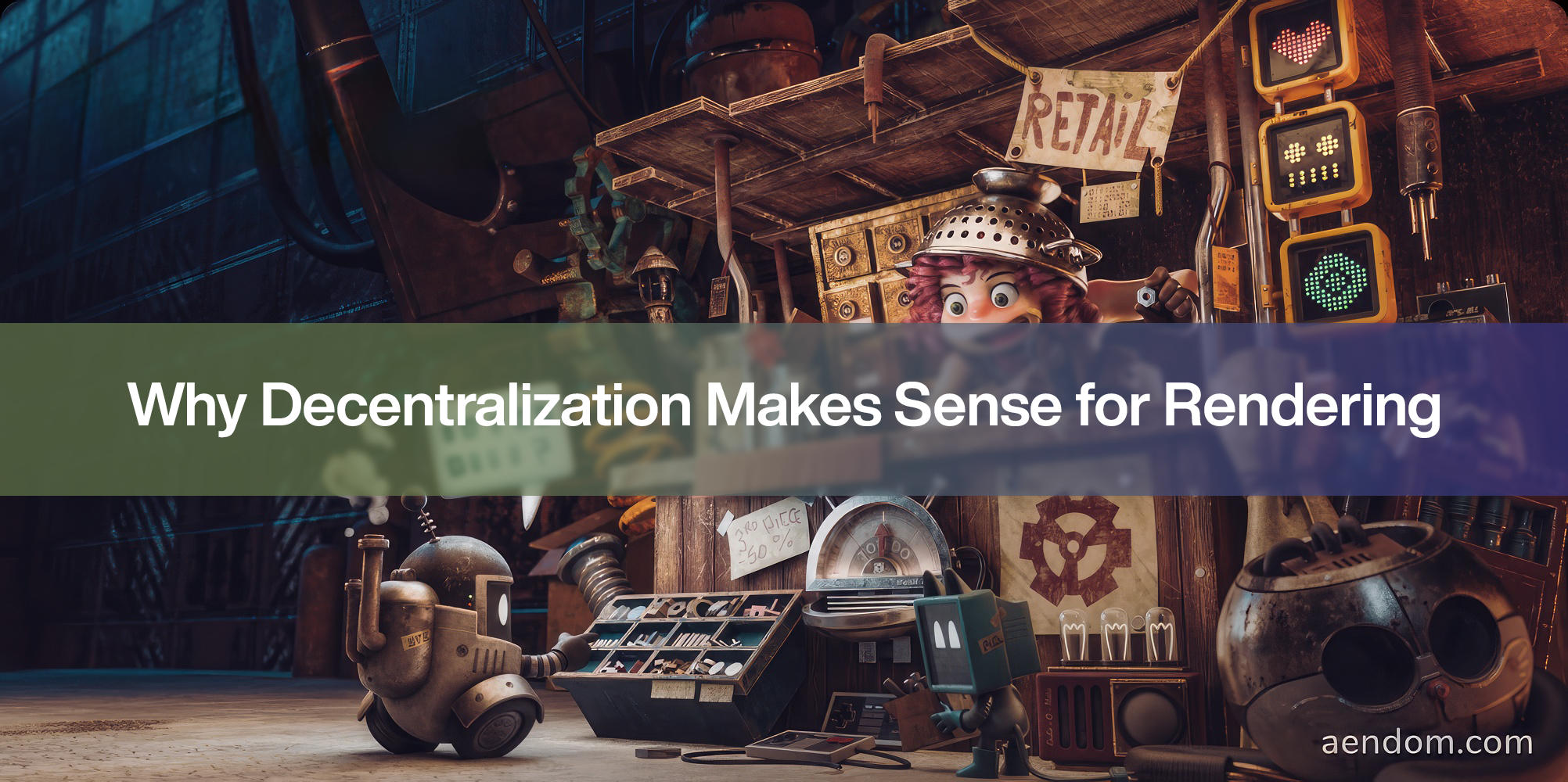
Rethinking the Architecture
A decentralized GPU network for rendering isn’t just a cheaper alternative. It’s a shift in how rendering infrastructure is structured, owned, and executed, offering a closer match to the actual needs of creative production.
Rendering workloads are inherently parallel. A 300-frame animation can be broken down into 300 independent compute tasks. Each frame might be rendered with different lighting passes, camera settings, or scene states. Centralized platforms often process these jobs within a rigid pipeline: monolithic execution, single-point failure risk, and opaque orchestration. You hand off a project and hope it comes back correctly.
A decentralized GPU network rethinks this model. It sees rendering not as a bulk operation, but as a distributed graph: inputs, compute, and outputs flowing across a mesh of contributors. Each render frame becomes a verifiable, traceable task. Environments can be defined precisely. Results can be audited independently. And no single operator controls the entire process.
Trust, Transparency, and Control
This matters because rendering is not just about compute; it’s about correctness, repeatability, and trust. In collaborative pipelines, clients need to know what was rendered, when, by whom, and with what config. Web2 platforms rarely offer that visibility.
By decentralizing not just compute, but orchestration and storage, this model introduces new guarantees. You don’t just render faster or cheaper; you render with accountability, modularity, and creator-side control.
Key benefits of a decentralized GPU network for rendering:
- Cost-efficiency: By tapping into idle GPUs rather than maintaining centralized infrastructure, decentralized networks reduce baseline compute costs.
- Parallelism: Frame-by-frame distribution aligns naturally with the structure of rendering tasks, enabling massive horizontal scaling.
- Transparency: On-chain job metadata and validator records allow for verifiable tracking, auditing, and dispute resolution.
- Storage and Security: Decentralized storage ensures not only persistent access to the render files but also better security and file ownership. Unlike centralized platforms, there is no single point of failure, and files are content-addressed and retrievable.
- Flexibility: Open architecture supports a wide range of software, engines, hardware configurations, and plugin setups.
- Control: Artists and studios maintain full authority over how jobs are structured, run, validated, and retrieved.
What 3D Rendering Actually Requires
Rendering isn’t just about pushing pixels; it’s a multi-stage process with high technical demands. Understanding what actually goes into a modern rendering pipeline helps clarify why infrastructure matters so much.
The Anatomy of a Real-World Render Pipeline
- Scene files: Authored in DCC tools like Blender, Maya, Houdini, or Cinema 4D. These files define geometry, animation, lighting, and camera data.
- Assets: External dependencies including high-resolution textures, physics simulations, Alembic or VDB caches, and project-specific plugins.
- Render engines: Different scenes may require specific render engines: Cycles, Redshift, Arnold, V-Ray, each with their own GPU needs, plugin compatibility, and environment variables.
- Output files: Final results often span hundreds of frames and include layered formats (EXR, PNG sequences) that feed directly into post-production pipelines.
- Revision and archive: Render outputs need to be stored reliably, versioned, and accessible well beyond the rendering phase for client feedback or re-use.
What the Infrastructure Must Deliver
This workflow places four core demands on infrastructure:
- High-throughput compute: The ability to process frames in parallel across many machines.
- Environment consistency: Isolation and reproducibility across engine versions, OS libraries, and plugins.
- Long-term file persistence: Outputs must remain accessible, not subject to 30-day deletion windows or closed vendor policies.
- Traceability and transparency: Each stage of the job, from frame ID to GPU used, should be trackable for QA, debugging, or client reporting.
Centralized cloud platforms optimize for availability and speed, but rarely accommodate all four needs at once. A decentralized GPU network for rendering can, by design, align more closely with each of these requirements, turning rendering infrastructure into a modular, transparent part of the creative workflow rather than an external bottleneck.
Two Decentralized GPU Network Projects That Matter
Despite the rise of decentralized compute platforms, only two networks today are building for the full needs of 3D rendering: Render Network and Pictor Network.
Render Network
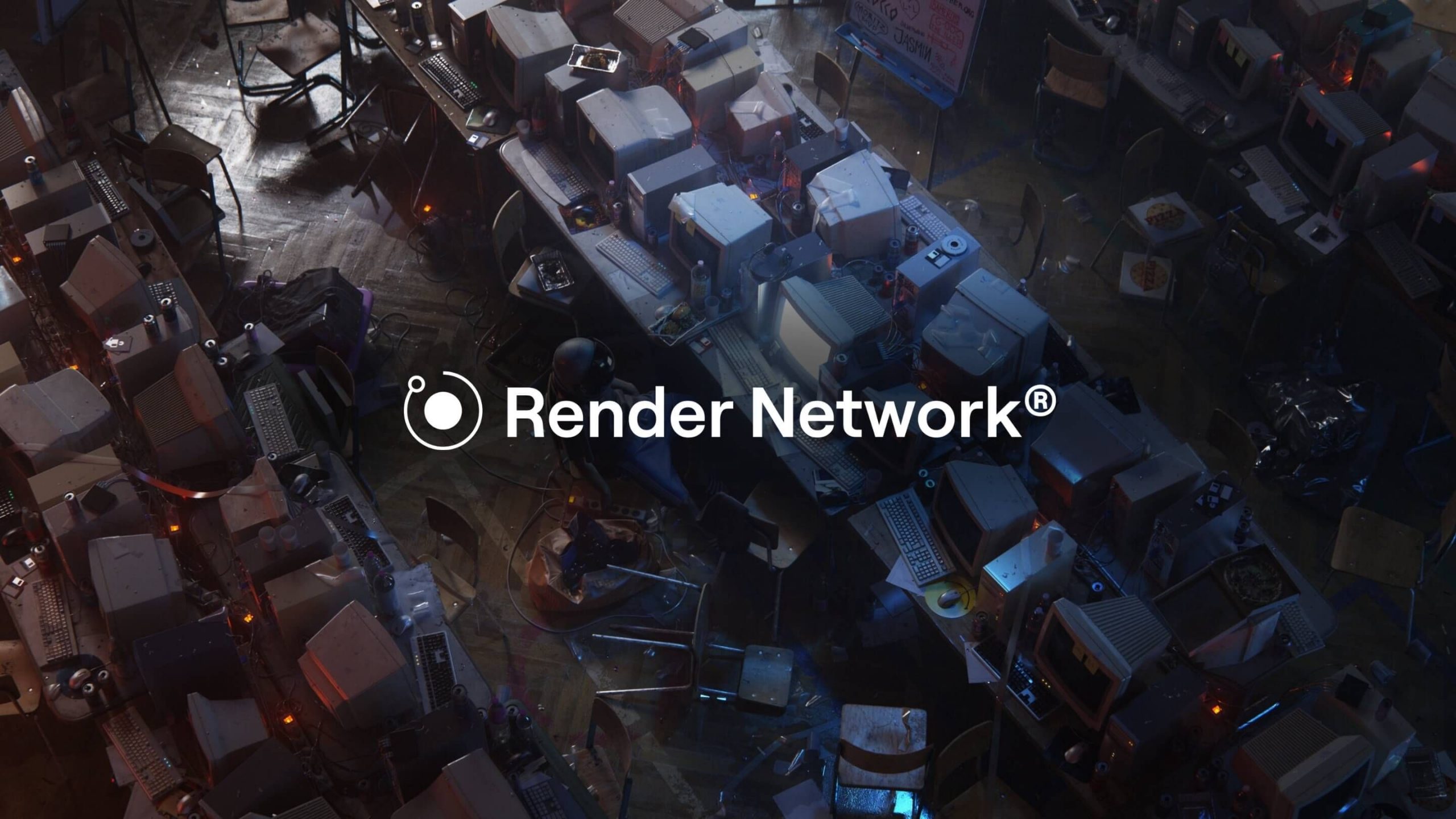
- Developed by OTOY, with native OctaneRender integration
- Solana-based infrastructure
- Utilizes the $RENDER token for economic coordination
- Suited to users within the Octane ecosystem
- Closed architecture with limited support for alternative render engines or job transparency
Pictor Network

- Operates as a GPU aggregator
- Multi-engine compatible: Blender, Cinema 4D, Redshift, Houdini, Maya, Arnold, 3ds Max, V-Ray, Corona
- Supports both NVIDIA and AMD GPUs
- Checker Nodes to validate using metadata, ensuring trust
- Built on Aptos
- Stores results via decentralized data storage
Pictor Network approaches rendering as an open protocol stack, supporting diverse creative pipelines and empowering both individuals and studios through a decentralized GPU network for rendering.
Final Thoughts
Rendering doesn’t need just more power. It needs more freedom. More flexibility in how jobs are run. More transparency in how they’re verified. More control over how outputs are stored, reused, and delivered.
A decentralized GPU network for rendering provides that foundation. Render Network offers a solution for Octane users. Pictor Network expands the model to the broader rendering world, unlocking compute from closed platforms and rebuilding infrastructure around the needs of creators.
If you’re ready to try a decentralized GPU network purpose-built for 3D rendering, explore what Pictor Network is building. From real-time dashboards to job verification, engine flexibility to AMD GPU support, Pictor Network is focused on making rendering scalable, open, and verifiable.
👉 Stay connected with us: X | Telegram | Discord | LinkedIn | YouTube | Medium | Substack
Build with us. Render without limits.

